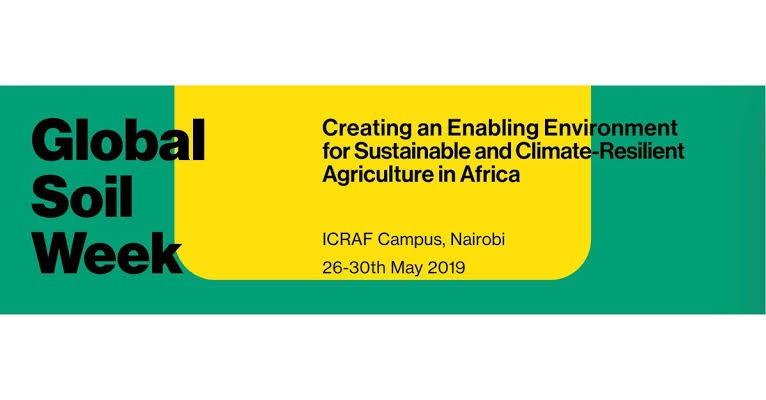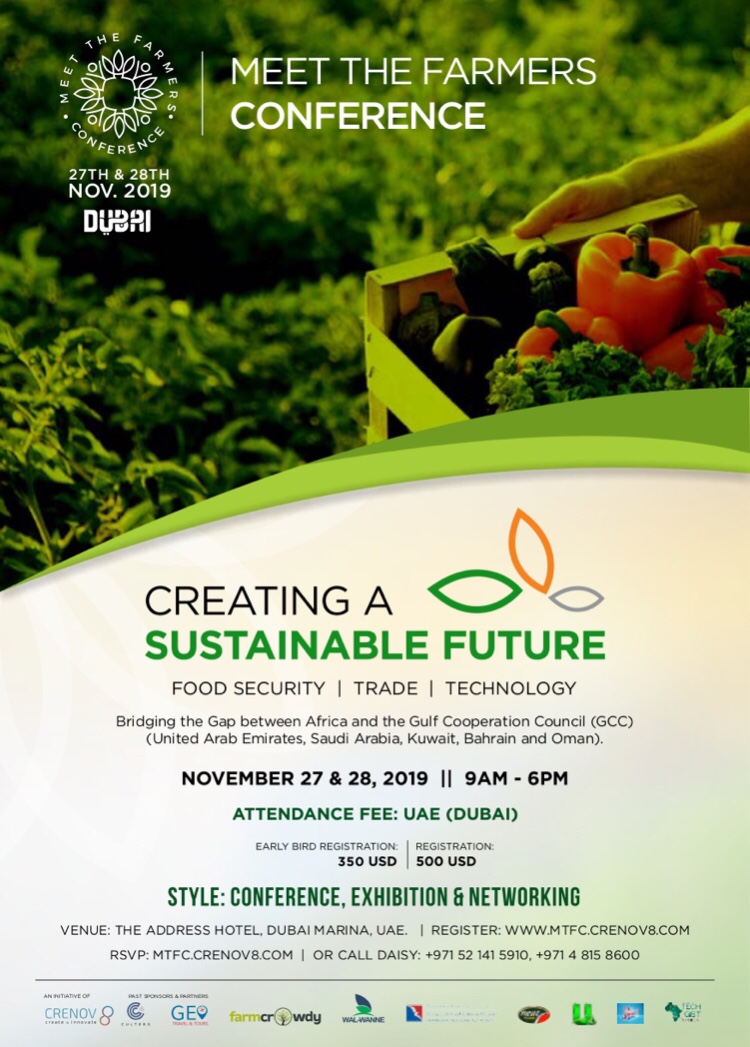Today’s agriculture is faced by two critical challenges, meeting the nutritional and calorific needs of over 9 billion people by 2030 and doing it in a way that conserves water, land, soils and the ecosystem. This calls for new agricultural models that will meet SDG 2 on Zero Hunger and SDG 12 on Sustainable Production and Consumption patterns. While a number of solutions have been proposed, most of them focus on productivity while ignoring sustainability. Take for instance, industrial agriculture which encourages the use of chemical fertilizers and pesticides while ignoring their harmful effects on soils and biodiversity. This necessitates the development of eco-agri-food systems which is a collective term for the many complex interacting agricultural lands, marine systems, pastures, labour, infrastructure, technology, culture and institutions involved in the production, processing, distribution and consumption of food.
Agroecology is the science of applying traditional and modern ecological concepts and principles to the design and management of sustainable food systems. It focuses on the harmonious interactions between plants, animals, humans and the environment to conserve biodiversity creating social movements that converge to seek a transition to sustainable food systems, built upon the foundations of equity, participation and justice. It entails the use of naturally occurring materials to manage pests, diseases and weeds, natural processes to fix soil nutrients and utilization of renewable sources of energy while conserving resources. Agroecology offers a paradigm shift from conventional agriculture that is obsessed with high yields and short-term profits at the expense of the environment and other social effects.
Among the key benefits of agroecology is improved productivity (measured by the number of people fed per unit of land or food produced per unit area), promotes climate change adaptation by producing food in ways that have low environmental impacts and enhancing food and nutritional security since it involves multi-cropping as opposed to mono- cropping associated with industrial agriculture. In addition, it preserves cultures, traditions and identity carved from foods while promoting social stability by ensuring food is produced and traded fairly hence promoting social justice. Most importantly, through regenerative agriculture, agroecology ensures restoration of natural capital or the ecosystem.
In order to upscale agroecology, investments and research are necessary to support evidence based policies. There’s also need to strengthen farmer to farmer extension model so as to build and strengthen agroecology networks. Government intervention is also necessary in providing an enabling environment to support agroecology among smallholders who are most affected by climatic shocks.
In conclusion, the globe needs new alternatives to address the current and future challenges in our food systems. Agroecology is a viable option, capable of providing win- win solutions by promoting food security and nutrition, restoring and maintaining healthy ecosystems, ensuring sustainable livelihoods to smallholders and building resilience to adapt to climate change. It has the potential to contribute to the achievement of the Sustainable Development Goals (SDGs), which are highly interlinked by appreciating the relationship between agriculture and the environment, while promoting rural development and sustaining livelihoods especially among small-scale farmers.





Leave a comment